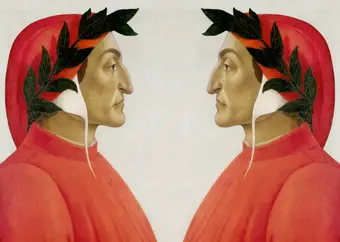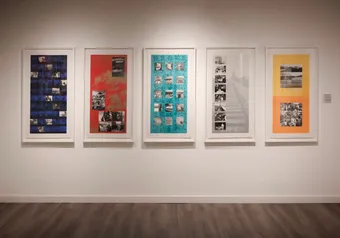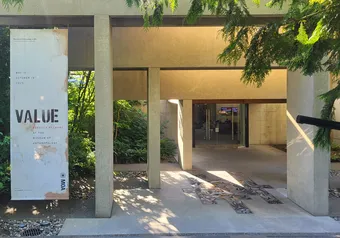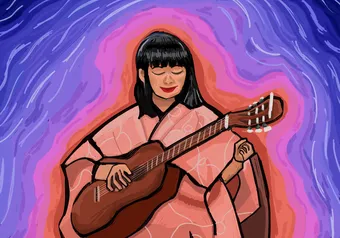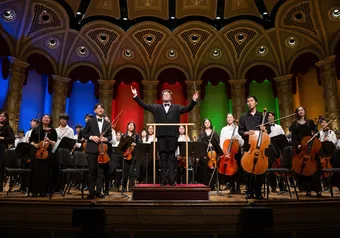The visual arts seldom need many words. Sometimes, they don’t need words at all. The Dante Alighieri Society’s Dialogo Muto exhibit, MCed by Dr. Arianna Dagnino, a professor in the department of French, Hispanic and Italian Studies, took place on November 25 at the Vancouver Maritime Museum. In the interactive exhibit, Italian-Canadian artists Andrea Padovani and Stefano Gulmanelli offered a guided tour into the beauty of wordlessness — and how instinct, improvisation and trust inspire the silent workings of inspiration and creativity.
The exhibit was a culturally significant one. In the opening forum, Padovani described the initial concept meeting as taking place over a “traditional Italian dinner with coffee afterwards.” Gulmanelli, a photographer, traded a 12-picture photo book with Padovani, an oil painter. No words were exchanged as the two reflected and interpreted the pictures and nothing was said afterwards either. However, in the minds of both Gulmanelli and Padovani, meaningful conversation had taken place.
Not too long after, Padovani created several paintings based on these 12 pictures: vivid reimaginings of what might have taken place, fully out of context. What Padovani did not know, however, was that Gulmanelli had shown him photos of tree barks, taken on a fateful day at the Adelaide Botanical Garden. The photographs had purposefully been taken to create optical illusions, transforming, for instance, a common betula pendula tree into cave drawings, or the trimmed folds of a paperback tree into a woman with a sharp neckline. “I wanted to convey what wasn’t being shown,” Gulmanelli said to the audience. “I wanted these photos to be detached from the notion of wood and bark.”
The latitude of inspiration in these photos was truly outstanding. The process of creating something from something already in existence can be a very daunting task, but Padovani was more than up for it. Soon enough, the rough, granite textures and subdued, earthy hues of Gulmanelli’s photographs were replaced with Padovani’s vivid depictions of street life and cosmopolitanism. The photographs, and the resulting paintings, essentially invoked the concept of biomimicry in design.
In biomimicry, items are purposefully built based on the shapes, features and roles of objects that exist in nature. Gulmanelli and Padovani, however, saw that nature was reflecting man. The artists transformed the patchwork colours on tree barks into a multi-coloured globe, or the spotty carcass of a decaying tree as a bustling intersection of blurry silhouettes.
Padovani met Gulmanelli’s masterful manipulation of appearance and reality with his own energy, stepping out of Gulmanelli’s world and into his own, and infusing meaning beyond what was initially intended.
“There is a difference between what you see and how you see things… it’s a challenge to understand the unknown.” Padovani said. “When I paint, I own the sun, the light, the ocean… there’s magic in that moment of creation.” In a similar vein, Padovani described his painting process as “giving shape” to that moment the photographs were exchanged, just before it was lost.
The exchange could be described as a game of telephone — conveying ideas and watching them develop as they transition between different artists.
“I wanted to respect the work of another person while appreciating my mind as an artist,” Padovani said. While Padovani did not imitate Gulmanelli’s paintings, he did not do so for the sake of being different– instead, his paintings stemmed from something innate.
“It’s the same work, played by the effects of different instruments,” Gulmanelli said.
Ultimately, the event kept going back to the idea of ‘giving’ identity: finding emotions, life, and feelings in the otherwise static trees, the transition from nature to abstract thought. Dialogo Muto is a perfect example of how art can build bridges between people who lead different experiences, shaping dialogue and familiarizing the unfamiliar.
First online
Share this article


